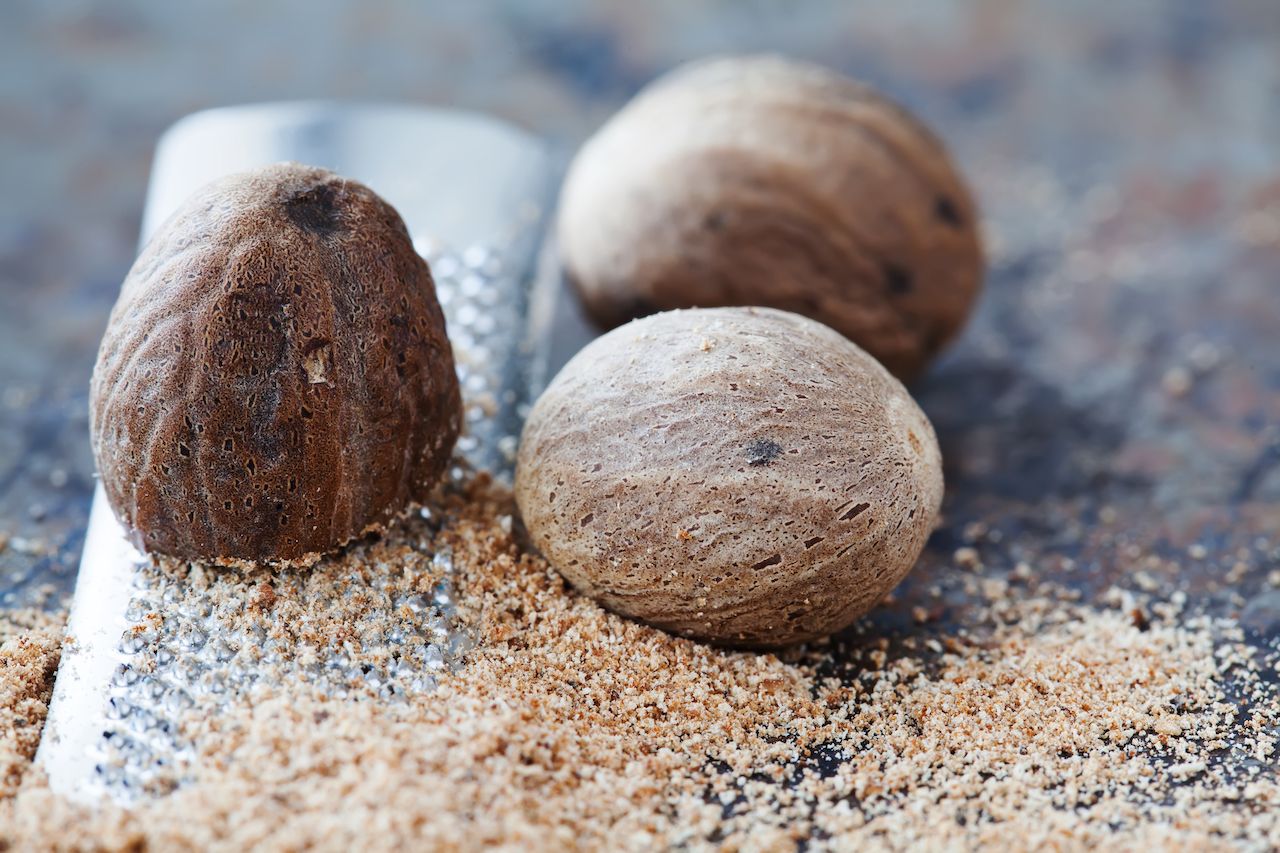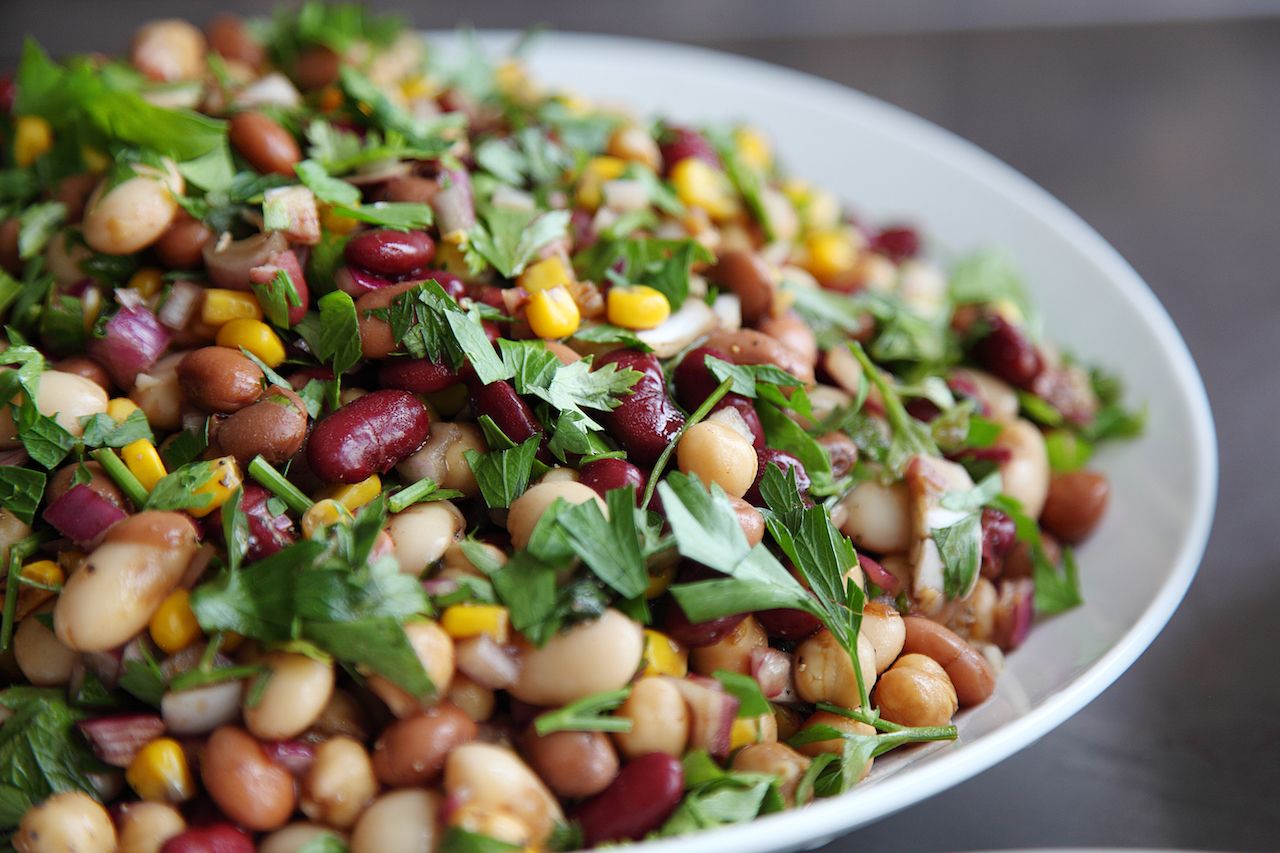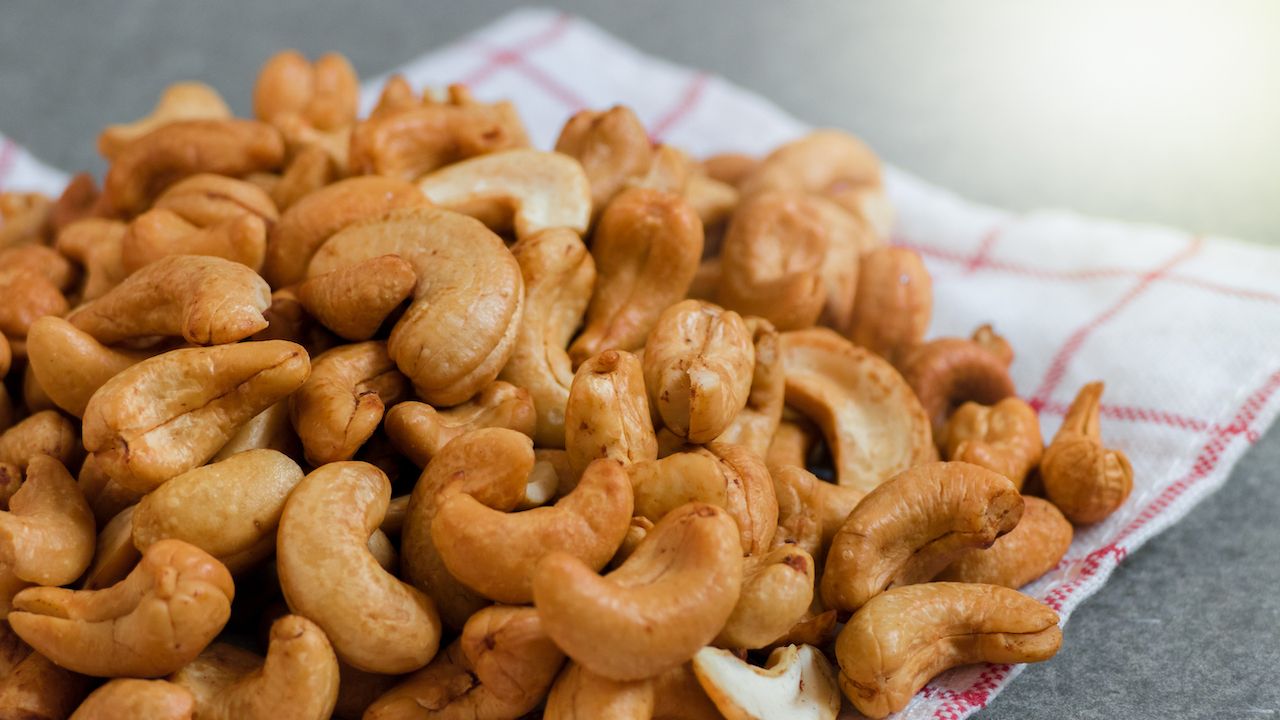When traveling, it’s not uncommon to come across dishes and ingredients you’re unfamiliar with. Sometimes it can cause second thoughts. Take the traditional raw chicken eaten in Japan, for example, or pufferfish, which has organs that contain a neurotoxin stronger than cyanide. Both are also delicacies, the latter known as fugu, which must be properly cleaned before consumed.
Going abroad isn’t the only place you’ll find commonly eaten foods that are also quite toxic, however. A surprising number of grocery-list staples, from fruits and veggies to legumes and nuts, contain hazardous, if not deadly, compounds. Here are nine surprisingly commonplace foods that you probably didn’t realize could kill you.









